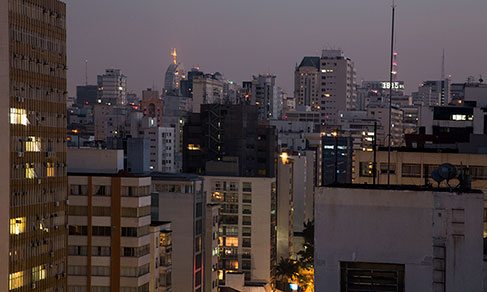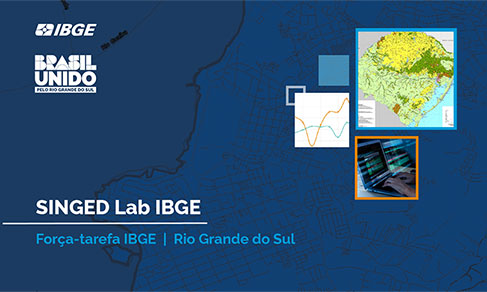2022 Census in the field
Sol Nascente: 2022 Census in one of the biggest favelas in Brazil
October 24, 2022 10h00 AM | Last Updated: November 01, 2022 01h54 PM
Highlights
- Sol Nascente (DF) is the second largest subnormal agglomerate in Brazil in terms of number of housing units, only behind Rocinha (RJ).
- The community has problems with infrastructure, medical care and lack of public transportation.
- In Sol Nascente, our journalists visited the community of Fazendinha, and, in Nordeste de Amaralina (BA), they visited Pé Preto, both settled after the 2010 Census and, therefore, being enumerated for the first time.
- Communities expect that the 2022 Census support public policies to improve the local quality of life.
- The Operational Coordination of the 2022 Census has prepared material with guidelines for enumerators in subnormal agglomerates.

Located in the Federal District, Sol Nascente is the second biggest subnormal agglomerate of Brazil, with 24,441 housing units, an estimate considering the expansion of the community in the last few years. Rocinha (RJ) is the first biggest, with 25,742 housing units, according to IBGE preliminary information in the fight against Covid-19. For the 2022 Census, the area was divided into 154 enumeration areas, and data collection is being carried out by 75 enumerators.
The collection at Sol Nascente started on October 1st and is estimated to last 60 days. Due to its size and demographic density, the survey poses challenges for the IBGE/DF team to draw a portrait with quality data, contributing to the design of public policies.
Enumerator Diego Felipe Guedes dos Santos said he did not have major problems in the data collection process, being well received by the population. “The refusal rate in Sol Nascente is much lower than in other places. They see participation in the Census with good eyes”, he believes. The enumerator indicates that the biggest difficulty in Sol Nascente is that many houses still do not have identification. “So it is necessary to identify them and understand how the addresses work to proceed with collection”, he attests.
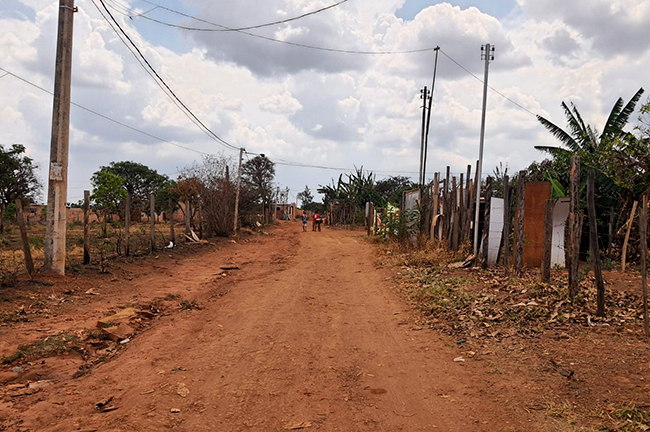




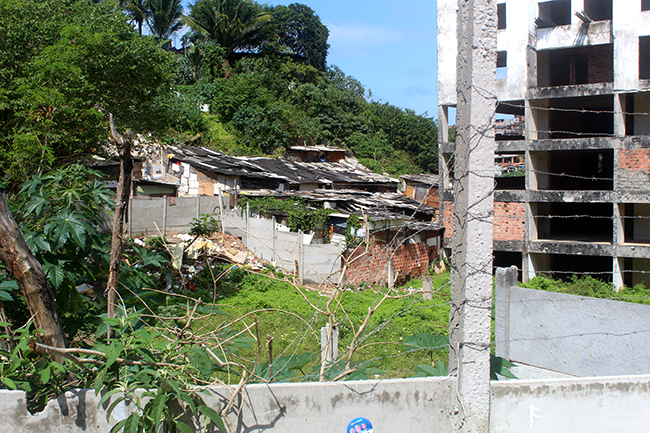
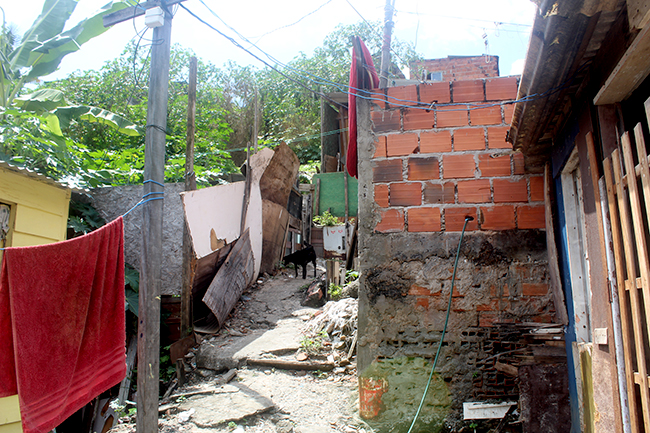
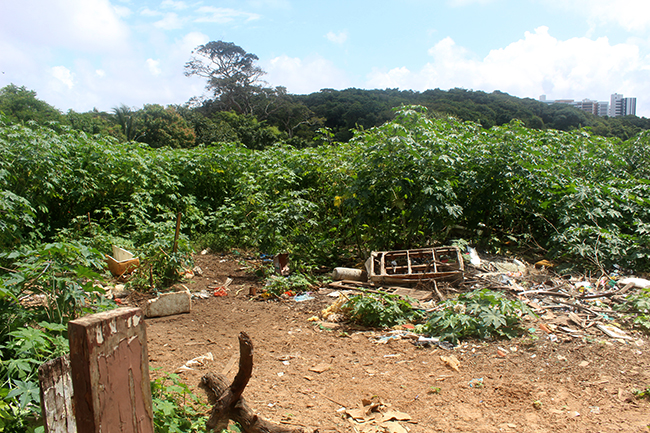
Antônio José da Silva, Regional Administrator of Sol Nascente/Pôr do Sol, explains that the region began as a rural area, in a sector of farms in the Administrative Region of Ceilândia. Currently, the Sol Nascente region is divided into sections (section I, section II, section III and Pôr do Sol). Among these, Section III is the poorest, requiring government policies, especially the area called Fazendinha, which will undergo its first Census.
Antônio believes that the Census data will provide elements for claiming improvements in the area. “We insisted on receiving the IBGE. Here in the region there are still many areas of invasion, and the Census is very important to point out what needs to be done and to know who is really here”, he informs.
The 2022 Census is already passing through Sections I, II and III of Sol Nascente and will soon pass through the rural area of Fazendinha. Those who live there have high expectations that the data will give visibility to local problems, because, despite being 12 years old, the community lacks infrastructure. Residents face difficulties such as a health center without doctors and lack of public transportation, forcing children to walk distances up to four kilometers to get to school.
According to the community leader of Fazendinha, Sandra Ribeiro Bento, the community already has more than 600 families. She used to do charity, distributing clothes and soup, but recently she had to stop due to lack of resources. “There are a lot of people here who are really hungry. I keep asking for support. I've asked the grocery market to help us, but nothing happened. Staples are not getting her, nothing is reaching us. We need emergency help here,” she says.
Sandra says she is looking forward to the arrival of the Census in the community. “The Census could come in here, interview us, see the needs of the people who are in need. On the day you come here, you can stay here at my home, I’ll give you lunch, I’ll give you a snack. I just want you to look at it all”, she proposes.
In the region, there are no lighting, basic sanitation or treated water services. “There is no sewage, and the children get sick”, laments Sandra. But she expects that the Census will help the region gain visibility. “You have to go in and show the government that there are people here, that there are bedridden people, that there are old ladies, that there are children, everything,” she adds.
A succulent garden in the middle of Sol Nascente
Maria das Graças dos Santos has lived in the region for about five years. First, her children came from Maranhão and settled in the area. Afterwards, Maria joined them at Fazendinha. A pensioner, she now grows and sells succulents. “I earn extra money because I sometimes sell the plants. I earn about ten reais, twenty reais, depending on the plant. Sometimes I go up there, someone helps me with a car. Right now what I really need is a cover for the land, to protect my plants from the rain”, she explains. Maria says that initially she didn't like living in the region, but now she doesn't want to go out anymore because of her succulents. “I keep pulling them off, taking them from one side to the other. Time goes by and I even forget to eat,” she says.
Maria says that she hardly ever sees the daughter she lives with, because she leaves at three in the morning to work and gets home at eight at night - she has to walk to the place where she takes the first bus to work and then takes several others. “There are no buses to take the children to school. I’ve heard there is one that only picks up ten children from Fazendinha, the rest go on foot. Some other kids, their parents pay to take them because there are people who can't be walking up and down the street. My daughter herself is working and is paying. It's not because you can afford it, it's because it’s the only way. I can't stand walking because I'm too old”.
When asked about the 2022 Census, Maria says she saw the census on television. “I saw that they identify people, ask what they do, if they have a job or not, to find out how people are doing all over Brazil”, she says. The resident also indicates that she hopes that Fazendinha will finally gain visibility and be covered by public policies. “I believe that at some point someone will see that we live in the woods, but we are no animal”, she says.
When asked about the Population Census, trader and resident of Fazendinha Rogério Nepomuceno says that many people in the community do not understand what the census is or its importance. As for the difficulties in the region, he indicates that, in addition to the lack of school transportation for children, another problem is that, in the rainy season, it is difficult to travel because of the mud, but some improvements are already beginning to be made. “Today there are some machines here that are going to start building a sewage and rainwater network. They say that then paving will get here”, he comments.
The head of the IBGE State Branch in the Federal District, Gabriel Moreira Antonaccio, says that, due to its size, the Population Census has management difficulties improved. “Everything is too big: too many resources, too much equipment, too many systems, too many respondents, etc. And to handle all this, we have many professionals, often with different worldviews. The reality of the operation of a Census is extremely complex, so that ensuring a good relationship between the employees involved, the integration between teams, between processes, and effective communication become immense challenges that greatly impact the effectiveness of the work and the success of the operation”, he explains.
For him, carrying out the survey in subnormal agglomerates presents even more striking challenges. “The Administrative Regions of Sol Nascente and Cidade Estrutural present difficulties such as lack of public services and infrastructure, and irregular occupation of space”, he explains. Gabriel also states that, before the start of the collection, the technical coordination of the area and subarea responsible for the enumeration areas visits the territories and seeks support from local community leaders, who inform about the specificities that back up the work and collaborate with the dissemination. “Although the population is often lacking in resources, they show sympathy and interest in answering the interviews, as they understand that the information provided will return to them in the form of improvements and services for the region”, he concludes.
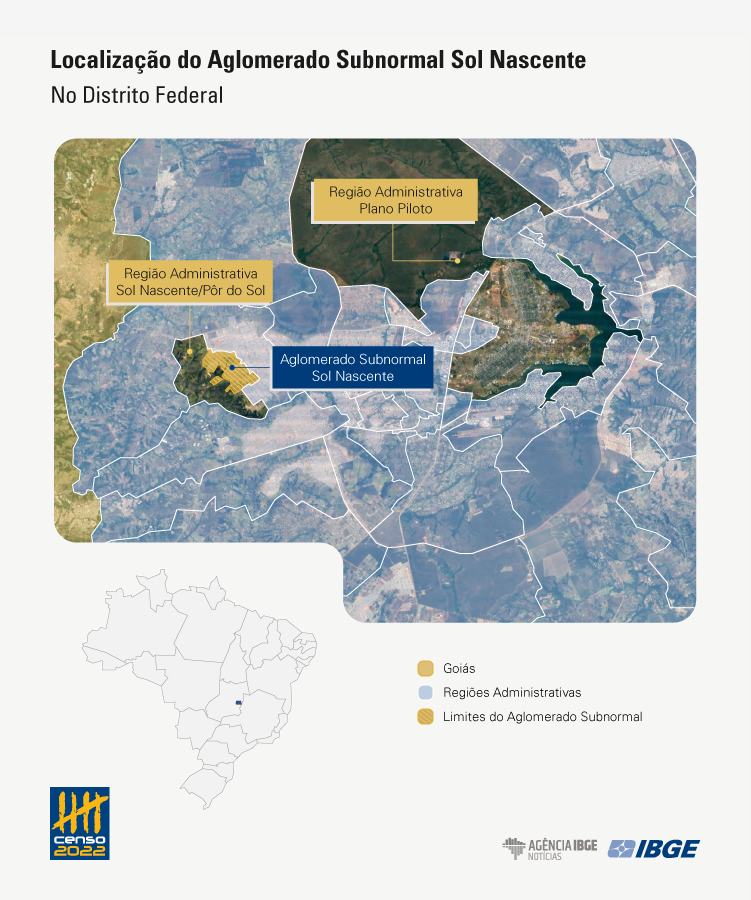
But what are subnormal agglomerates anyway?
In 1953, the IBGE published the study “The Favelas of the Federal District and the 1950 Population Census”, in which it looked for the first time at irregular occupation of land owned by others, whether public or private, for the purpose of urban living, with an irregular urbanistic pattern and lack of public services. At the time, the so-called “Federal District” was still Rio de Janeiro (the capital of the Republic), which was already calling our attention due to the growth of irregular occupations.
In 1987, there was a meeting between experts and governments where the term “subnormal agglomerates” (AGSNs) was coined. In the 2010 Census, the concept of subnormal agglomerates was maintained and other improvements were possible, ranging from technological innovations to the improvement of working methods. The use of satellite images was one of the resources that facilitated the identification of these territories.
In 2019, the IBGE estimated that there were 13,151 subnormal agglomerates in 734 Brazilian municipalities, totaling 5.1 million (7.8%) households spread throughout Brazil. For the 2022 Census, this mapping of the national territory was improved, with the use of high-quality satellite images, contact with city halls and field work.
Jaison Luiz Cervi, head of the IBGE Social Territories Sector (SETES), explains that subnormal agglomerates are composed of one or more enumeration areas. There are also non-sectored subnormal agglomerates (to be sectored, they must contain at least 50 households). “For operational purposes, we classify the agglomerates into dense and non-dense. The first ones are made up of alleys, lanes, stairs, etc. The second ones are organized into streets defined in blocks and block faces. In this Census, all addresses and households will be georeferenced in subnormal agglomerates. It is part of cartography as a tool to support citizenship”, explains Jaison.
In the community of Pé Preto, Census in a subnormal agglomerate in Salvador
From the community of Pé Preto to Pituba, Salvador's upper-middle class neighborhood, it takes less than 10 minutes on foot. While the geographic distance is very small, the reality of the two places is quite distant. Located in the neighborhood of Nordeste de Amaralina, Pé Preto was recently inhabited. Much of the community has existed for less than 12 years, that is, it will undergo its first Population Census in 2022.
The home of resident Luzia Maria is an example of the conditions of the place. Made of plywood, and with only two rooms, the walls at the back of the house are falling apart and, through the hole, animals such as frogs and snakes have already entered, coming from the woods around. Without water, Luzia said that she needs to go to a neighbor's tank, which is occasionally made available to the community, or to a nearby source: “I've already passed out carrying water,” she says.
In addition to not having public lighting, she fears heavy rains that could cause a landslide on the hill above the community. “People live in a risky area because they have nowhere to go,” she says.
Pé Preto is in one of the 247 regions of subnormal agglomerates cataloged by the IBGE Census Mapping in the capital of Bahia. The agglomerates are forms of irregular occupation of land owned by others (public or private) for housing purposes in urban areas and, in general, characterized by an urbanistic pattern, irregular activity, lack of essential public services and location in areas restricted to occupation. Known as favelas and the like, subnormal agglomerates are present in 33 municipalities in Bahia. Almost half (46.8%) of the 586 locations in the state are in Salvador.
Coordinator of the IBGE Census Mapping in Bahia, Leonardo Afonso explains how these places were cataloged: “First, we received from the Geography Coordination areas that could possibly be considered subnormal. After that, we had meetings with the municipalities, in which the areas were identified and we asked them to fill in the Territorial Information Form. Then we carried out the classification of the areas correlating with these pre-identified areas,” he says.
Also according to the coordinator, the meetings with the municipalities were organized by the Supervision of the Census Mapping in Salvador and in the neighboring municipality of Lauro de Freitas, and by the IBGE agencies when they took place in the interior of the state.
As, in many of these places, there are access and security restrictions for the IBGE team, the Geography Coordination, in partnership with the Operational Coordination of the 2022 Census and other areas of the IBGE, prepared a material with guidelines for enumerators in subnormal agglomerates. The contain tips for the work to be carried out with quality and safety. Enumerators are advised to seek dialogue with community leaders before collecting information and seek support from family health agents working in the region. In addition, they are instructed on how to go through the areas as correctly as possible, even with the irregular streets usually seen in these places.
Census strategies in the community of Pé Preto
As an enumerator in the Pé Preto community, Mariana Santos explains the strategies she adopted to mitigate the possible risks of working in an agglomerate: “I went before to see what the area was like. There, I talked to people about what the Census was and asked them how I could do the work,” she reported. “One challenge was explaining to residents about the importance of survey, because they don't think it directly impacts their lives. As much as we see the Census as something necessary, sometimes they don't see it the same way, because it doesn't bring immediate benefits”, adds Mariana.
Professor Gláucia Cavalcante is the Municipal Census Agent (ACM) responsible for the collection post where Mariana works. Born and raised in Nordeste de Amaralina, where she lives to this day, she believes that working in an agglomerate is made much easier when the enumerator is also a local resident.
She reports that she started to prepare the ground for collection in the communities that are part of the area of her post before the beginning of the Census, at the time of the Urbanistic Survey of Household Surroundings: “My family is Baptist, and I have childhood friends that are in Church and manage to enter several places, in addition to being acquainted to several pastors. This has helped us to go to areas of greater tension, for example,” she explains.
“From that point on, we started talking to people. Sometimes we would pass by a group of friends talking, and we would stop, hand out a brochure and explain the work we were going to do. And from there, the residents themselves began to spread the news”, adds Gláucia.
According to her, there are specific difficulties in carrying out the Census in agglomerates, such as the high number of refusals, caused by ignorance or fear of passing on personal information. In addition, there are some tensions that exist due to parallel powers: “In some places, you know you're being watched all the time, and then you have to be flexible to talk to some people,” she said.
However, when asked if it is possible to carry out a good job in the Population Census in these places, Gláucia is quite positive: “Absolutely. Despite the difficulties, the work goes more easily when you have an united team”.
















